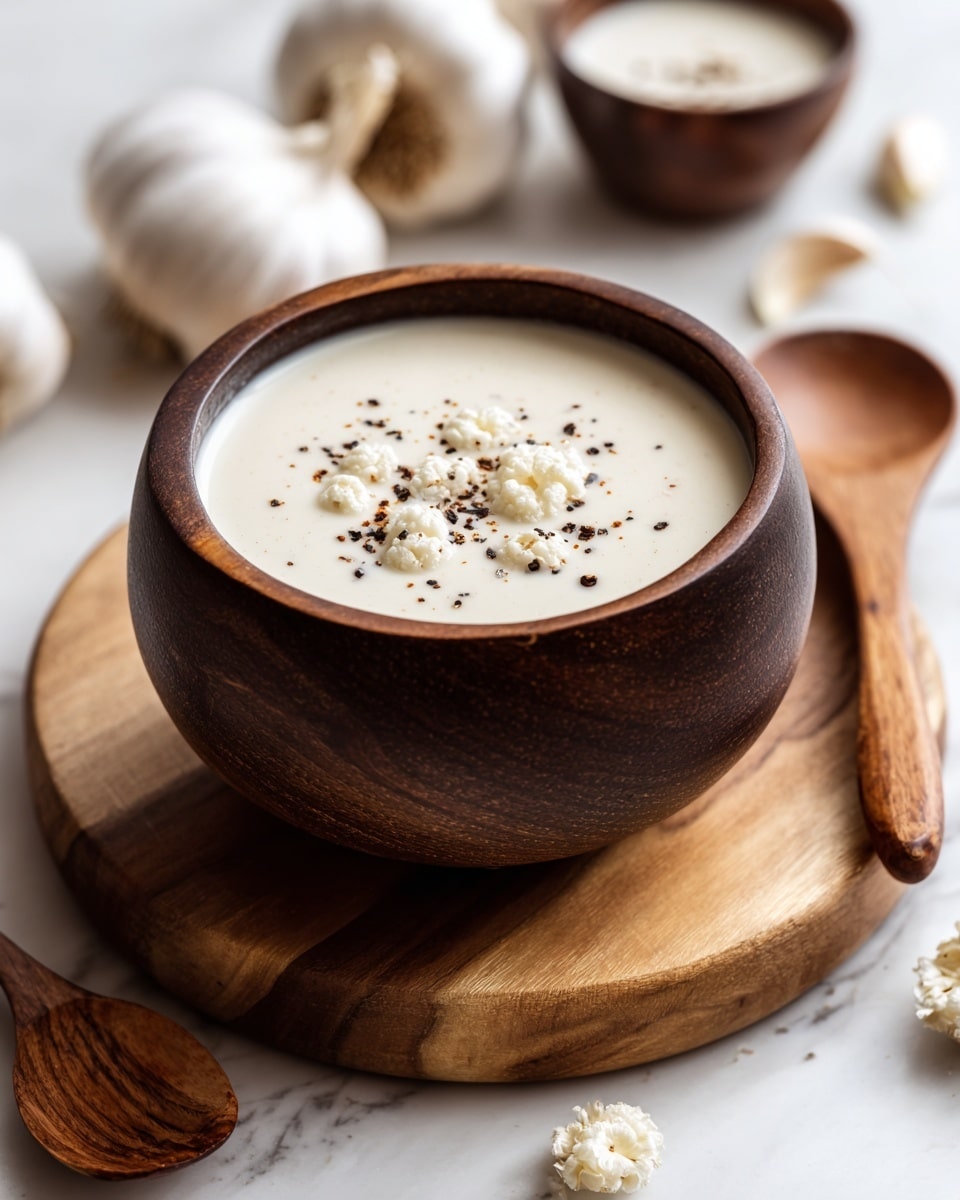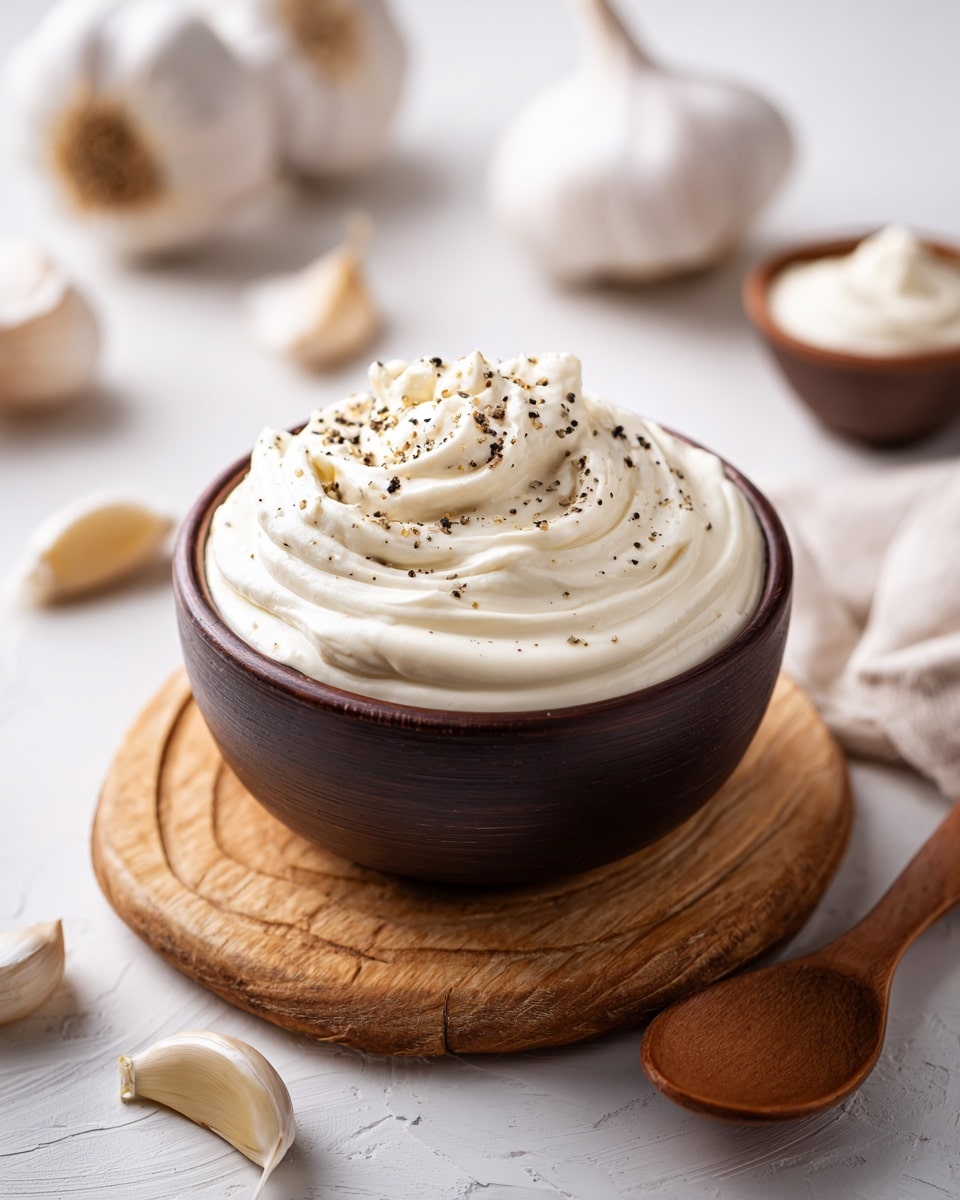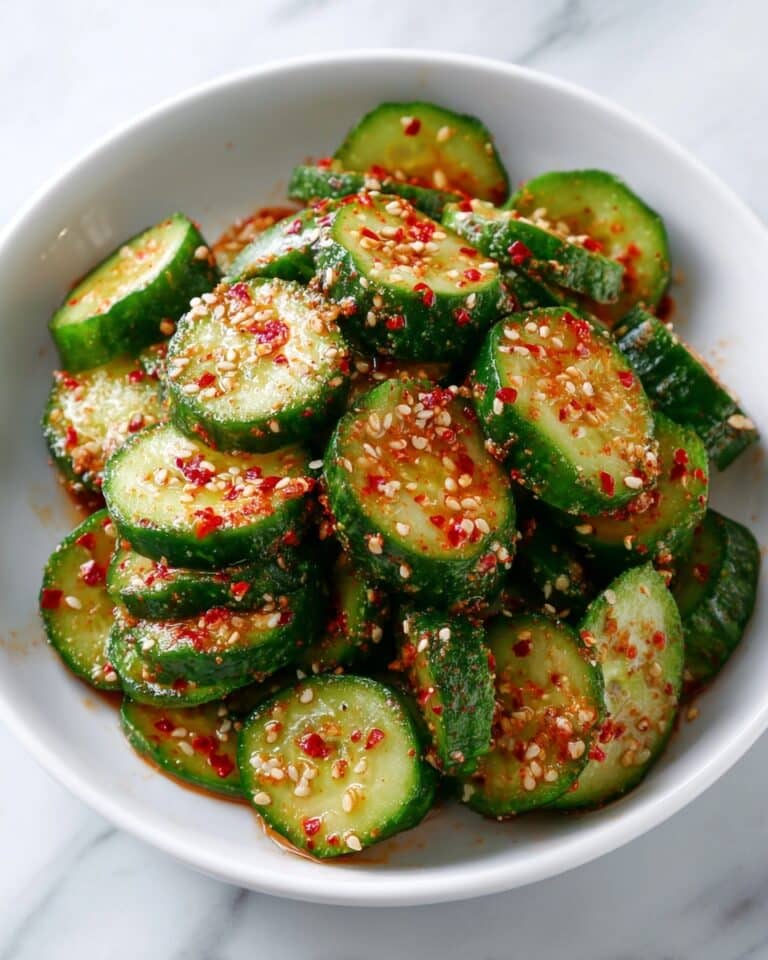If you’ve ever wanted that perfect zingy, creamy kick to brighten up your meals, then this Creamy Horseradish Sauce Recipe is going to be your new best friend in the kitchen. It strikes such a beautiful balance between sharp horseradish heat and smooth, tangy creaminess, making it an incredibly versatile sauce that elevates everything from hearty roast beef to crisp vegetables. It’s simple to whip up, packed with bold flavors, and truly a game changer when you want to add a little unexpected flair to your dishes.
Ingredients You’ll Need
Getting this sauce just right hinges on a handful of well-chosen ingredients that are both common and extraordinary in their own way. Each one plays a crucial role—from giving the sauce its creamy texture to delivering that bright, mouth-tingling punch you crave.
- 1/2 cup sour cream: This is the creamy base that tones down the horseradish heat while adding a luscious silky texture.
- 1/4 cup prepared horseradish: The star of the show, bringing that signature spicy kick; adjust this amount to match your heat preference.
- 1 tablespoon Dijon mustard: Adds depth and a subtle tang that melds beautifully with the horseradish.
- 1 tablespoon fresh lemon juice: Provides a fresh, citrusy brightness to balance creaminess and spice.
- 1 teaspoon white vinegar: Enhances the tang and lifts the flavors with a gentle acidic punch.
- 1/2 teaspoon salt: Essential to bring all the flavors together and make them pop.
- Freshly ground black pepper, to taste: Adds a mild heat and aromatic nuance that rounds out the sauce.
How to Make Creamy Horseradish Sauce Recipe
Step 1: Combine the Creamy Base and Flavors
Start by taking a medium bowl and adding the sour cream, prepared horseradish, Dijon mustard, and fresh lemon juice. Stir these ingredients together gently to create a smooth mixture where each component starts to harmonize in flavor. This step is where your sauce begins to build its creamy yet zesty character.
Step 2: Add the Vinegar, Salt, and Pepper
Next, stir in the white vinegar, salt, and freshly ground black pepper. These additions introduce the necessary acidity and seasoning to bring the sauce alive. Mixing these in thoroughly ensures that every spoonful will have a consistent, balanced flavor.
Step 3: Taste and Tailor to Your Liking
This is a crucial step—give your sauce a taste and decide if it needs more heat or creaminess. Want it spicier? Add more horseradish cautiously, as it can be powerful. If it feels too sharp, a dollop more sour cream can soften the bite, making it smoother and more inviting.
Step 4: Chill to Let Flavors Meld
Cover your bowl and pop it in the refrigerator for at least 30 minutes. This resting period allows all those fresh, pungent flavors to marry beautifully. The sauce thickens slightly during this time and becomes even more delicious.
Step 5: Serve and Enjoy
Once chilled, your Creamy Horseradish Sauce is ready to shine! Use it as a dipping sauce, a condiment, or drizzle it over your favorite dishes to add that extra burst of flavor and creaminess.
How to Serve Creamy Horseradish Sauce Recipe

Garnishes
While the sauce is perfectly flavorful on its own, a sprinkle of finely chopped fresh herbs like chives or parsley adds a lovely color contrast and a fresh herbal note. A few whole horseradish root shavings or a twist of lemon zest can also give a striking presentation and hint at the flavors inside.
Side Dishes
This sauce pairs beautifully with robust dishes such as roast beef, grilled steak, smoked salmon, or hearty sandwiches. It also complements roasted vegetables like carrots and beets or crispy potato wedges, adding a creamy tang that cuts through richer profiles.
Creative Ways to Present
If you want to wow guests, serve this Creamy Horseradish Sauce Recipe as a dollop on a charcuterie board alongside cured meats, cheeses, and crunchy pickles. You can also use it as a base for a quick salad dressing by thinning with a touch of olive oil or blend it into deviled eggs for an exciting twist on a classic appetizer.
Make Ahead and Storage
Storing Leftovers
Keep leftover Creamy Horseradish Sauce refrigerated in an airtight container for up to one week. The flavors may develop a bit more, deepening the sauce’s complexity, so it actually tastes even better the next day.
Freezing
Freezing is not recommended for this sauce because the texture of the sour cream can become grainy or separate after thawing, which affects the creaminess that is key to this recipe.
Reheating
This sauce is best served cold or at room temperature. If needed, let it sit out for a few minutes to take the chill off before serving, but avoid heating it as warmth can break down the creamy texture and mute the bright flavors.
FAQs
Can I use fresh horseradish instead of prepared?
Yes! Fresh horseradish will provide a powerful and more vibrant spice, but it’s best to grate it finely and add it gradually since fresh horseradish tends to be stronger and less predictable than the bottled kind.
Is this sauce gluten-free?
Absolutely! All the ingredients in this Creamy Horseradish Sauce Recipe are naturally gluten-free, making it a safe and tasty option for those avoiding gluten.
Can I substitute Greek yogurt for sour cream?
You can substitute Greek yogurt to lighten the sauce and add a slight tang. Just note that it will be less rich and creamy, but still delicious and healthier if you prefer a lighter option.
How spicy is this sauce?
The heat level depends on the amount of horseradish you add. Starting with 1/4 cup is a moderate spice. You can adjust to your personal taste to make it milder or fiery by tweaking the horseradish quantity.
What dishes pair best with this Creamy Horseradish Sauce Recipe?
It’s fantastic with classic dishes like roast beef and steak, but don’t hesitate to try it with sandwiches, burgers, grilled veggies, or even as a dip for pretzels and chips. Its versatility is one of the reasons we love this sauce so much!
Final Thoughts
I can honestly say this Creamy Horseradish Sauce Recipe has become a go-to in my kitchen whenever I need something quick, flavorful, and versatile. It brings an effortless pop of zesty creaminess that makes every bite special. Give it a try—you might just find yourself reaching for it as much as I do!
Print
Creamy Horseradish Sauce Recipe
- Prep Time: 5 minutes
- Cook Time: 0 minutes
- Total Time: 35 minutes (including chilling time)
- Yield: 6 servings
- Category: Sauce
- Method: No-Cook
- Cuisine: American
Description
This Creamy Horseradish Sauce is a tangy, spicy condiment perfect for enhancing the flavor of roast beef, steak, sandwiches, or vegetables. Made with sour cream, prepared horseradish, Dijon mustard, and a blend of fresh lemon juice and vinegar, it delivers a smooth yet zesty bite. The sauce is refrigerated to meld the flavors, resulting in a refreshing, creamy topping that adds a kick to your meals.
Ingredients
Ingredients
- 1/2 cup sour cream
- 1/4 cup prepared horseradish (adjust to taste for heat)
- 1 tablespoon Dijon mustard
- 1 tablespoon fresh lemon juice
- 1 teaspoon white vinegar
- 1/2 teaspoon salt
- Freshly ground black pepper, to taste
Instructions
- Combine base ingredients: In a medium bowl, combine the sour cream, prepared horseradish, Dijon mustard, and lemon juice. Mix these ingredients thoroughly to create a smooth base.
- Add seasoning: Stir in the white vinegar, salt, and freshly ground black pepper. Continue mixing until the sauce is smooth and all ingredients are well combined.
- Adjust flavor: Taste the sauce and adjust the seasoning as needed. If you prefer more heat, add extra horseradish; for a milder flavor, add more sour cream.
- Chill: Cover the sauce tightly and refrigerate for at least 30 minutes. This chilling step allows the flavors to meld and deepen.
- Serve: Serve the chilled creamy horseradish sauce alongside roast beef, steak, sandwiches, or drizzled over cooked vegetables for a flavorful enhancement.
Notes
- Adjust horseradish quantity to control the sauce’s heat level.
- The sauce improves in flavor after chilling, so prepare it in advance if possible.
- Use fresh lemon juice for the best tangy freshness.
- Can be stored in an airtight container in the refrigerator for up to 3 days.









